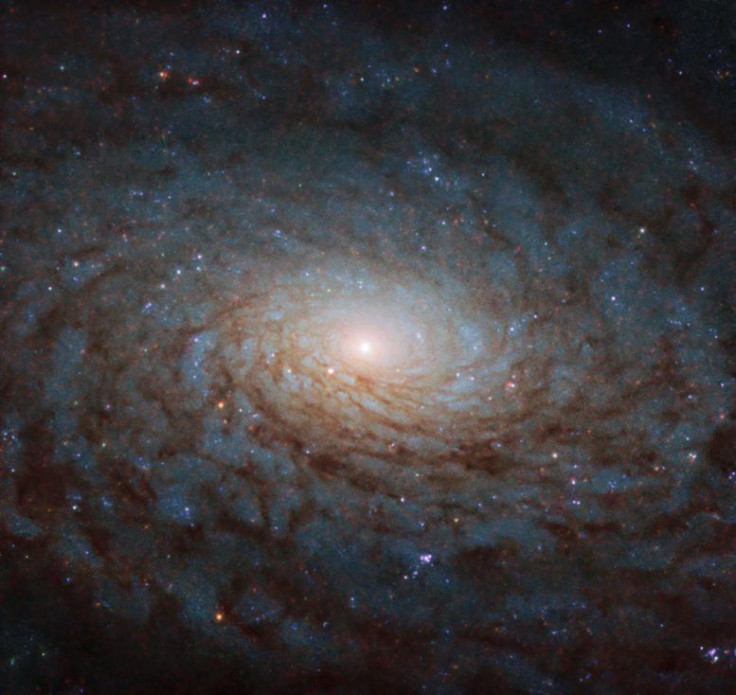NASA’s Hubble Captures Spectacular Photo Of Massive Portal-Like Spiral Galaxy

The European Space Agency (ESA) and NASA’s Hubble Space Telescope was able to take a spectacular photo of a spiral galaxy that resembles a massive cosmic portal to another dimension. According to the ESA, the appearance of the galaxy makes the image look like it came from a science fiction movie.
The galaxy featured in the photo has been identified as NGC 4380, which is located in the Virgo constellation. Like other spiral galaxies such as Milky Way, NGC 4380 has a very distinct shape due to its swirling arms that contain billions of stars.
Although spiral galaxies can be considered as the most beautiful type of galaxy due to their shape, the ESA noted that they are actually quite common in space.
“In the grand scheme of things, though, the galaxy is actually quite ordinary,” the agency said in a statement. “Spiral galaxies like NGC 4380 are one of the most common types of galaxy in the Universe.”
Like most spiral galaxies, NGC 4380 has a very bright center where the spindly arms radiate from. In most cases, such as in Milky Way, the bright light emitted by a galaxy’s center is caused by a supermassive black hole as it feeds on nearby cosmic material.
“These colossal collections of stars, often numbering in the hundreds of billions, are shaped like a flat disc, sometimes with a rounded bulge in the center,” the ESA stated. “Graceful spiral arms outlined by dark lanes of dust wind around the bulging core, which glows brightly and has the highest concentration of stars in the galaxy.”
According to the ESA, the photo of NGC 4380 was taken using the Wide Field Camera 3 aboard the Hubble. This became the space telescope’s main equipment after it replaced the Wide Field Planetary Camera 2 in May of 2009.
Through the Wide Field Camera 3 provided Hubble with a wider field of view as well as a broader wavelength coverage. Through these improved imaging capabilities, the space telescope is able to capture highly-detailed images of various cosmic regions even though they’re thousands of light-years away.
© Copyright IBTimes 2024. All rights reserved.





















